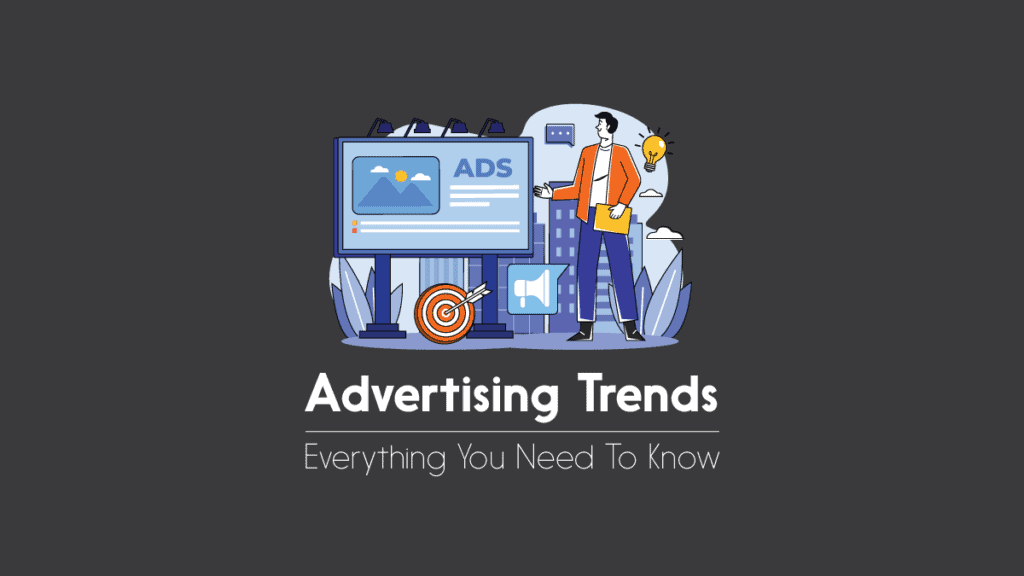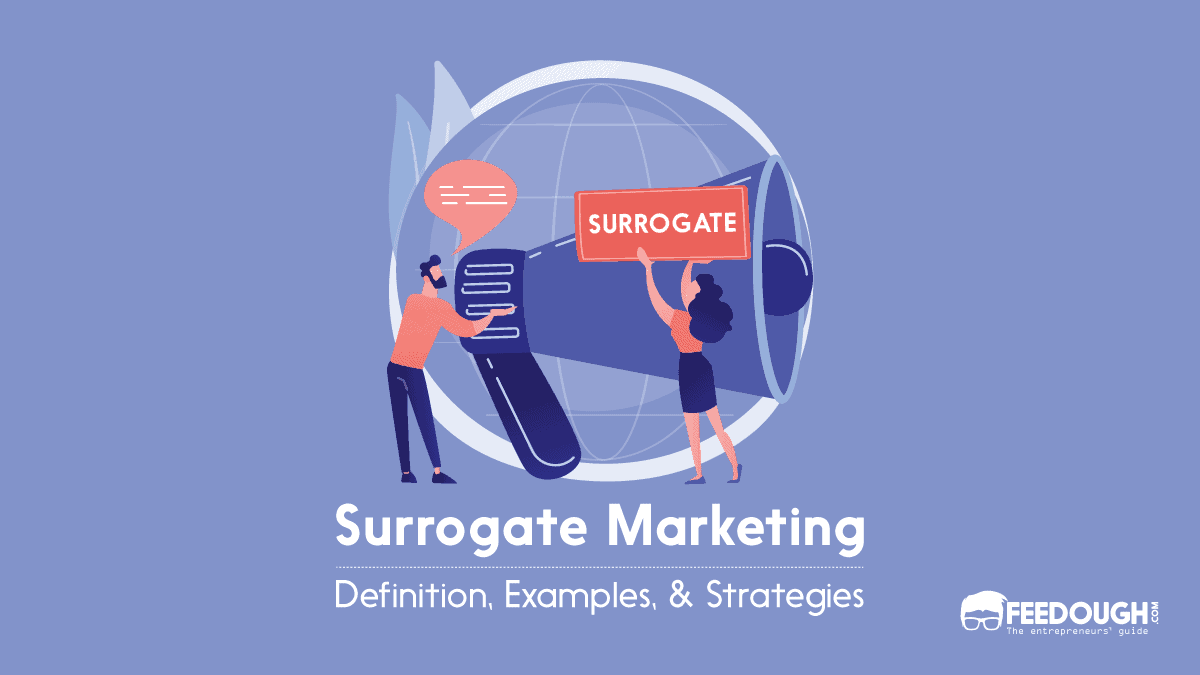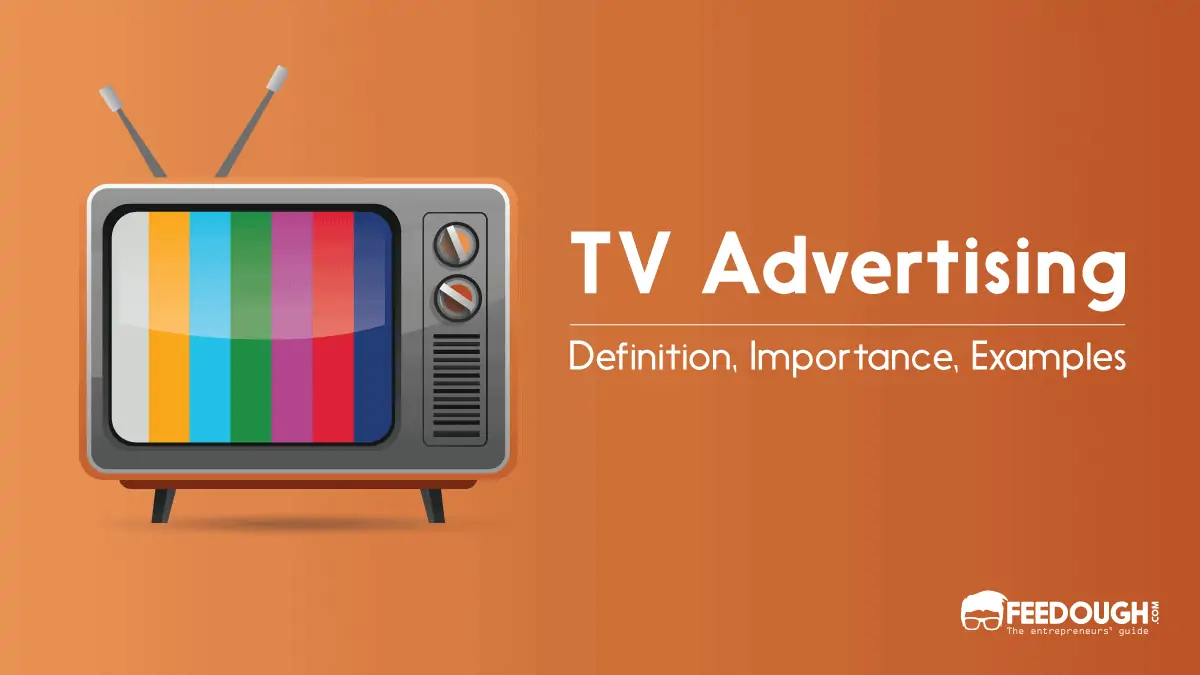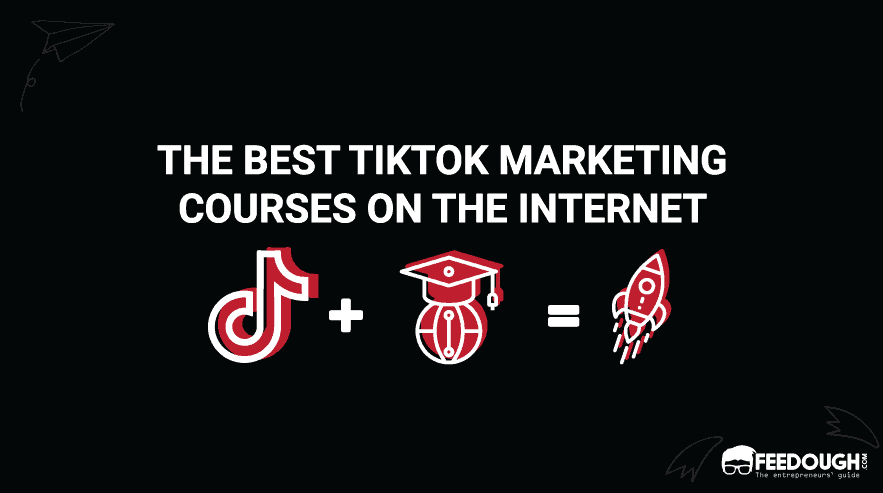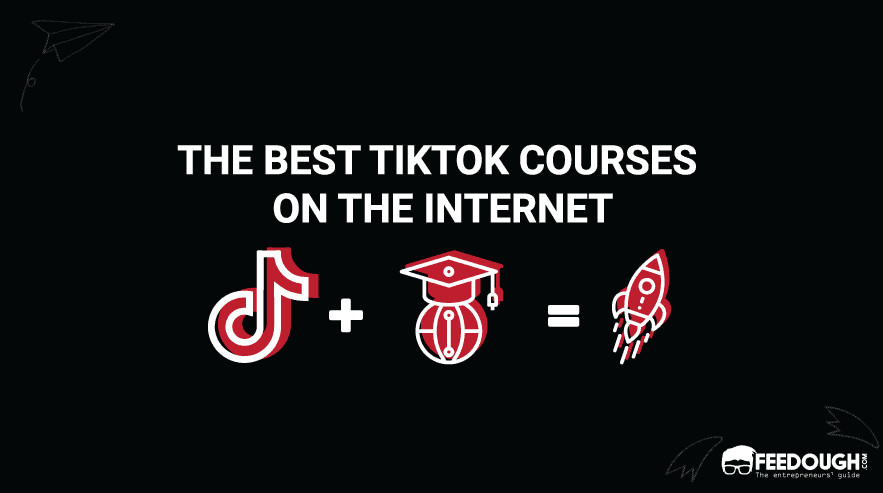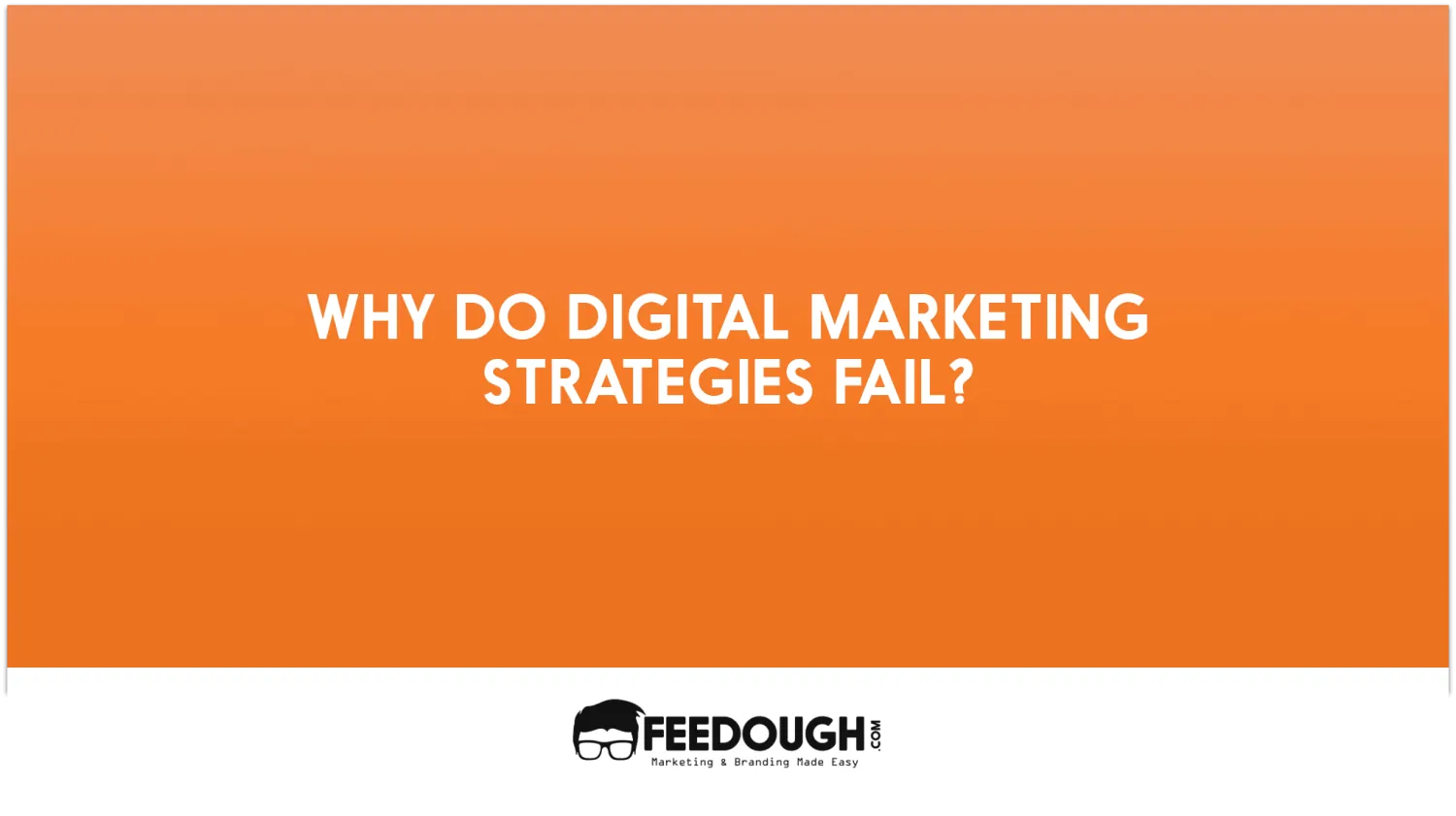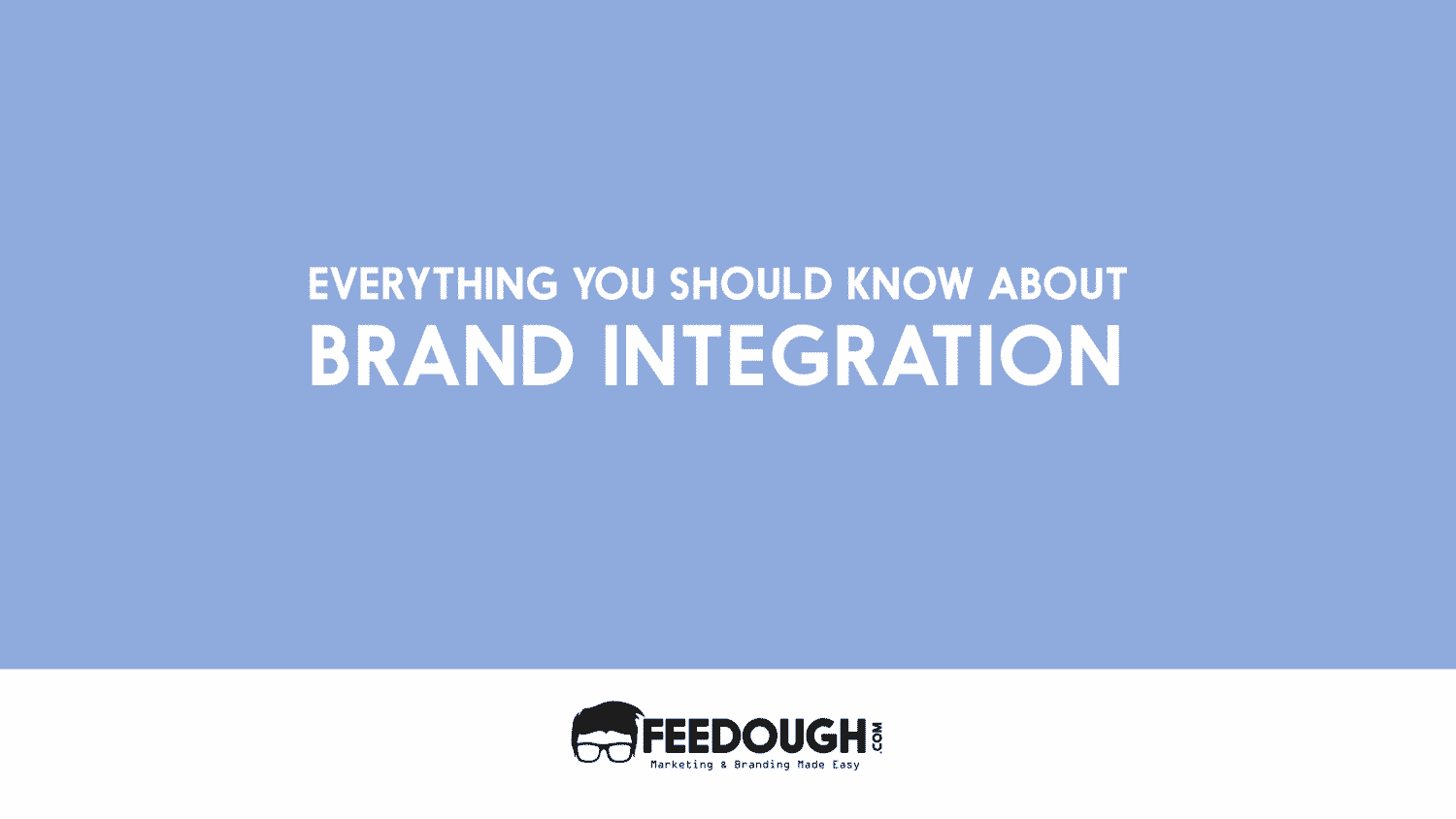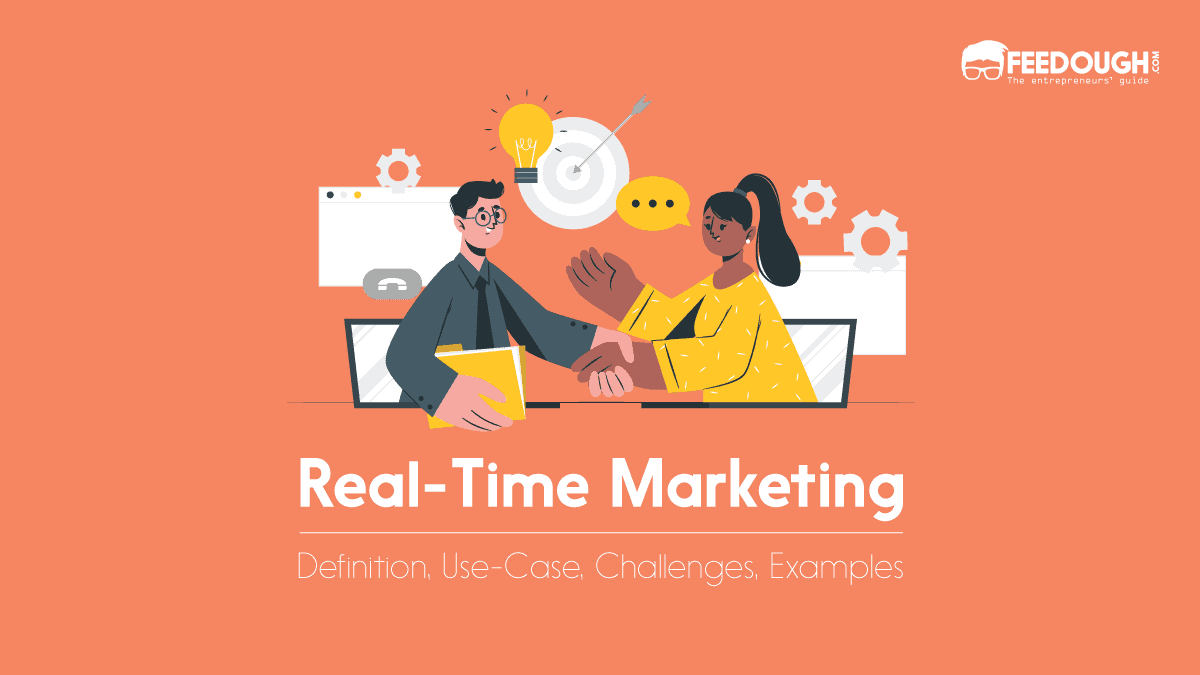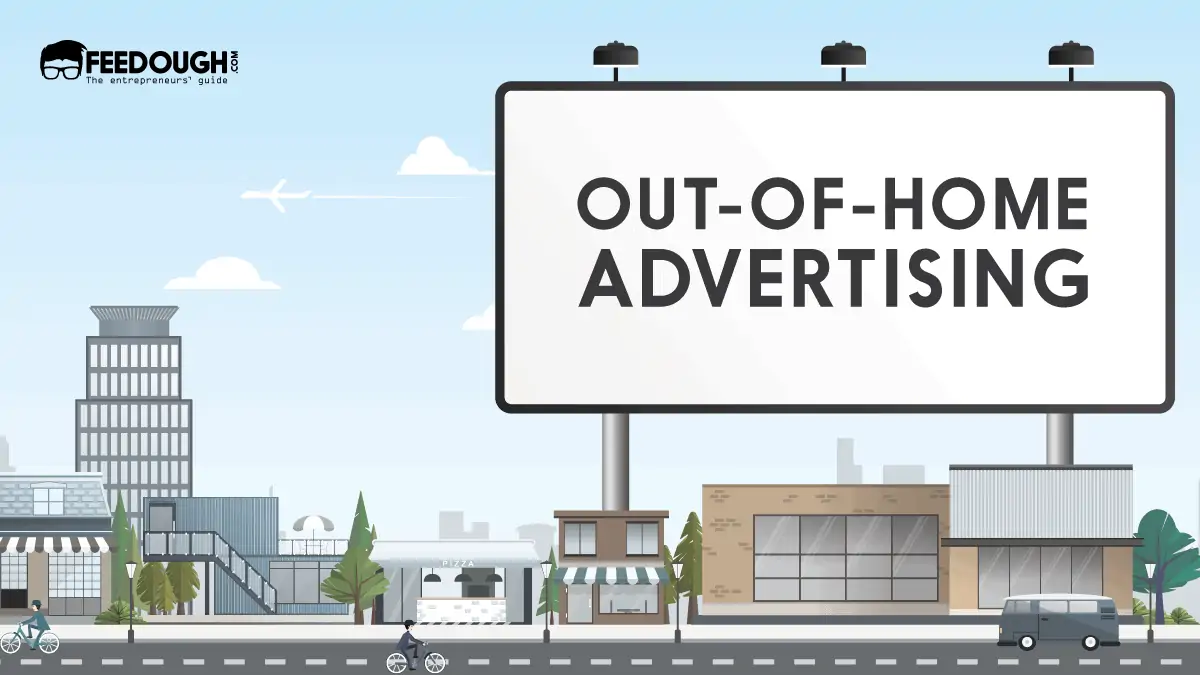The advertising world is changing quicker than you can say “marketing.” Something that was considered a winning strategy just a month ago might now feel old and outdated. The reason behind all this commotion? It’s the new trends and emerging technologies that keep popping up every now and then.
To keep you in the loop, this article will uncover some of the top advertising trends and key strategies that are shaping 2023. From AI to interactive storytelling, there’s a whole lot to explore and unpack.
Short-Form Video Content
In recent years, short-form or bite-sized video content formats have become increasingly popular, successfully dominating the digital landscape. 66% of consumers find short-form videos 2.5x more engaging than long-form ones. And this number is only likely to increase in the future!
The three biggest players in the short-form video space are TikTok, Instagram Reels, and YouTube Shorts. A recent study revealed the engagement rate for YouTube Shorts averages around 3.80%, Reels isn’t far behind with an average of 4.36%, and TikTok reigns supreme with an average of 5.53%, the highest rate among all three.
Interestingly, short-form videos have the highest ROI compared to any SMM strategy, which currently stands at 30%. This means that for every $100 you spend on creating a short-form video, you can expect to generate $30 in revenue.
So, for brands and marketers, there’s a big opportunity here.
AI Takes a Prominent Role in Digital Advertising
As AI continues to seep into our lives, increasing its prominence in the advertising world only seems natural.
Quite a few businesses hopped onto this AI wave years ago and rode it to success. Let’s look at Amazon. It was among the pioneers to use personalised shopping recommendations. Over the years, its algorithm has only become more and more sophisticated. Amazon also uses AI to drive dynamic pricing – reducing prices to increase sales when needed and hiking the prices when demand is high.
Recently, various AI models have also become increasingly popular. Some companies are going all out and creating entire advertising campaigns with their help.
Take a look at this campaign created by a creative agency, Rethink Ideas, in collaboration with Heinz:
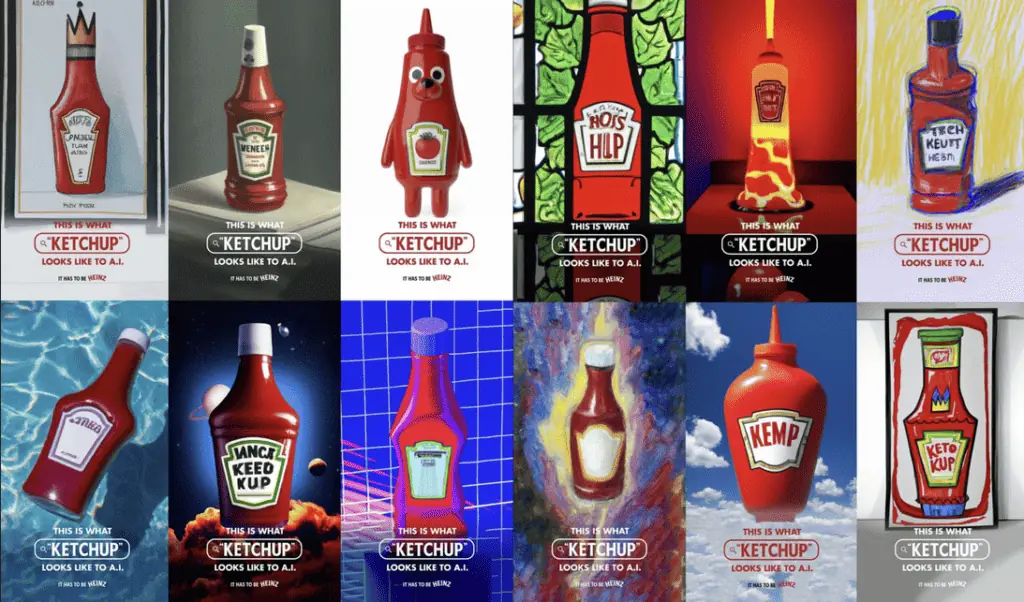
Initially, Rethink Ideas simply played around with DALL-E 2 typing prompts related to ketchup. The team noticed that the generated images were basically iterations of the iconic Heinz ketchup bottle. That’s when the inspiration struck them in the form of this brilliant campaign!
The agency asked people to share their AI prompts for ketchup-related images. They handpicked the best prompts and put them on display – on social media and even in old-school print ads. It’s safe to say the campaign was a hit and got many people talking.
Video Ads Get Shorter and Shorter
The average length of a video ad has been steadily decreasing in recent years. In 2016, the average length of a video ad was 24 seconds. By 2021, it had reduced to 15 seconds. And in 2023, it is expected to be even shorter, at 12 seconds.
The truth is, people nowadays only have a little patience for long videos. More than 25% of them who are 17 or older will close a video within just 10 seconds. And over half of them say they’re only willing to stick around for about 20 seconds.
So, it’s essential for ads to be quick and precise without dragging out the story too much.
Audio Ads are On the Rise
Audio ads are rising, with ad spending projected to reach $10 billion worldwide in 2023 alone. Thanks to popular streaming sites like Spotify and Apple Music, audio listening has become increasingly popular, opening a whole new way for advertisers to reach their consumers and engage with their audio content. According to a study, audio ads are 24% more memorable than traditional display ads. Plus, they are twice as likely to lift purchase intent.
On the consumer side of things, people are spending more time listening to audio than ever before. In the United States, the average person listens to digital audio for 1 hour and 40 minutes daily.
Audio ads are a great way to reach these engaged consumers. They’re 36% more memorable than video ads and can be enjoyed alongside other media, like music or podcasts.
Speaking of podcasts, they are a huge hit. 21.3% of people who use the internet to listen to podcasts every week for an average of 61 minutes per day. That’s almost a quarter of internet users!
And for advertisers, this presents a goldmine of opportunities. They are looking at $3.46 billion in podcast ad revenue in the year 2023 alone.
Authenticity In Social Media Ads
People tend to pay three times more attention to a brand’s social media content than any other type of media content they create and post. It’s because social media feels personal – like the brands are talking directly to the users.
And because of that, people expect brands to be more genuine and authentic in what they share. A study from 2022 by Tint found that 62% of consumers are more likely to check out content, such as ads, posts, etc., that feature regular customers than pictures made by the brand itself.
Interestingly, no demographic other than Gen Z fully embraces this idea, with 82% stating they trust a company more if it uses images of actual people in its advertising efforts.
Therefore, advertisers need to focus on making brands more human.
A great approach is to lean into user-generated content. Studies have found that about 72% of consumers trust reviews and testimonials from fellow customers way more than just hearing the brand talk about its own products.
The best part is consumers are more than willing to collaborate with brands. Around 72% are with a brand reaching out to them to repurpose their content.
Another approach can be influencer marketing. In fact, 61% of consumers put their trust in influencers’ recommendations — more than the 38% who trust branded social media content.
Not to mention, influencer marketing is big business in itself. According to Statista, the entire industry is worth almost $21.1 billion in 2023, a 28.6% year-on-year increase from $16.4 billion in 2022.
In-Game Advertising Witnesses a Rise
In-game advertising is a type of advertising that is placed within video games. It can take many forms, such as static banners, full-screen interstitials, or even interactive elements that are integrated into the game itself.
According to ay Market Research Future (MRFR) report, the in-game advertising market will reach USD 20.7 billion by 2032, growing at a 12.30% CAGR. This surge in growth is caused by the increasing popularity of mobile gaming and the growing adoption of in-game advertising by brands.
Some well-known companies, like Red Bull and Intel, have been into gaming advertising for years. They frequently sponsor eSports gaming events, integrating their brand into the gaming experience.
When it comes to the players themselves, it’s interesting to see how they react to these ads. About 39% of mobile gamers say they remember accessible game ads quite well. And surprisingly, around 51% of these gamers prefer watching ads to spending money on in-game purchases.
Millennials are the ones responding positively to these in-game ads. Among them, those aged 30 to 35 are at the top, with 53% recalling these ads. The 25 to 30-year-old group isn’t far behind either, with half of them remembering the ads they’ve seen.
Shoppable Posts
According to the Global Web Index, out of every 100 people who use social media, about 54 of them use it to learn more about different brands. This growing trend led to the rise of social commerce, which allows businesses to sell products directly through social media platforms.
One of the most popular forms of social commerce is shoppable posts, which allow users to purchase products directly from a brand’s social media page. Platforms like Facebook, Instagram, Snapchat, and Pinterest have made social selling easier and more efficient. Not only can businesses show their posts to more people by turning them into ads, but they can also target those ads to the audience they want to reach.
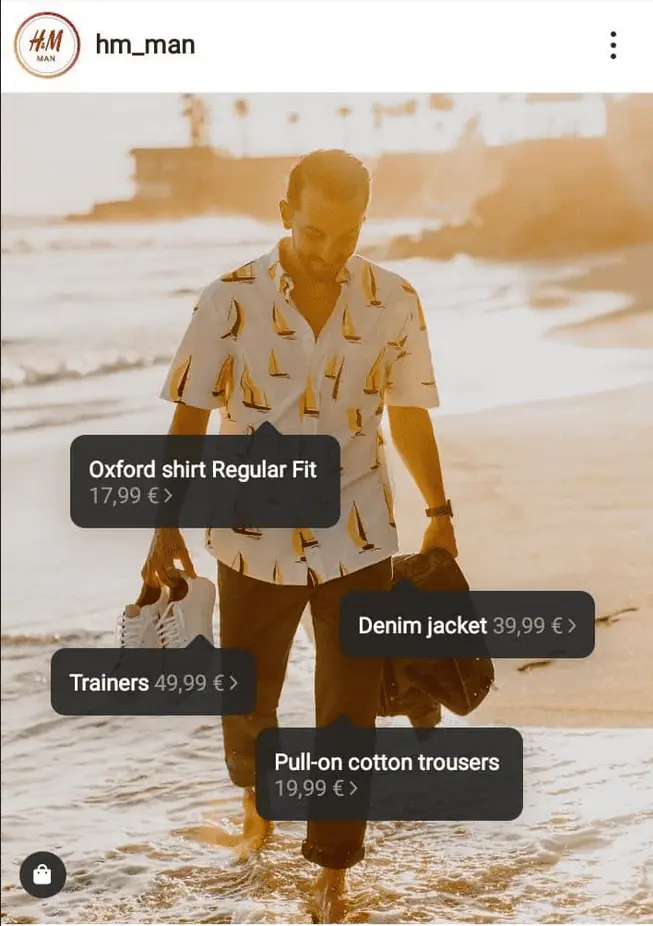
Mobile Ad Spending Continues to Grow
Mobile ad spending is growing at a fast pace. In 2023, it is expected to reach $446.14 billion worldwide, a 12.7% increase from 2022. This growth is caused by the increasing popularity of mobile devices, alongside the growing sophistication of mobile advertising targeting and measurement capabilities.
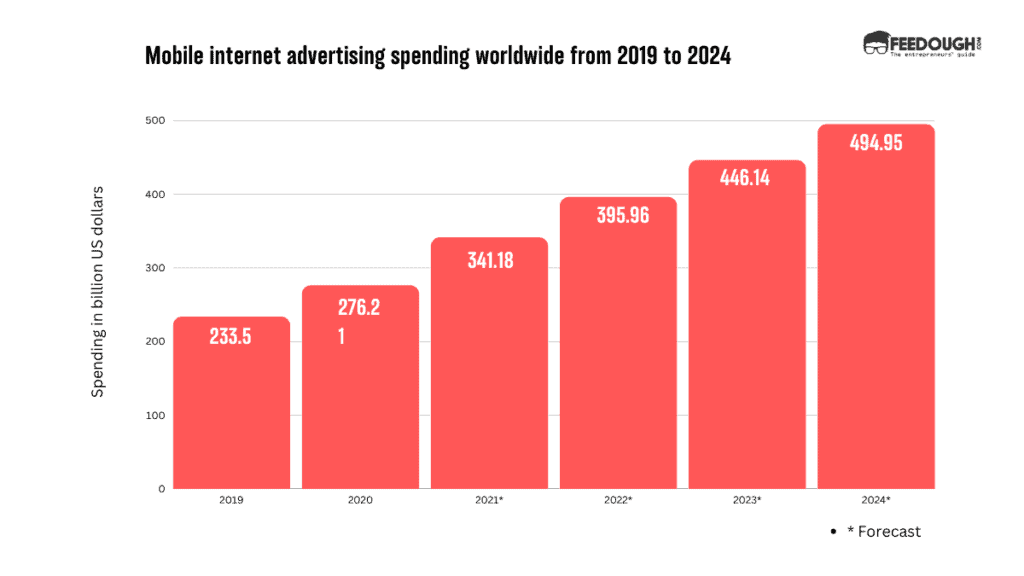
There are several factors driving the growth of mobile ad spending. For starters, more and more people are using their smartphones to access the internet, with a user spending an average of 4.8 hours a day on their device.
Another reason is the increasing effectiveness of mobile advertising. Mobile ads can be targeted to specific demographics and interests, which makes them more likely to be viewed and clicked on by potential customers.
Finally, the rise of new mobile ad formats, such as native ads and augmented reality ads, also contributes to the growth of mobile ad spending.
Audio Optimisation for Ad Search
Voice search has emerged as a prominent advertising avenue, with one billion monthly voice-initiated searches. Notably, 50% of adults use voice search in their daily lives. This surge can be linked to the widespread integration of smart speakers like Amazon Alexa and Google Home. It is estimated that by 2026, the U.S. alone will have over 150 million voice assistant users.
Keeping this in mind, businesses can optimise their advertising strategies for voice search by ensuring that their ads run smoothly on mobile devices.
It is also important to note that voice search queries are more like conversational, everyday language. Therefore, businesses should incorporate this natural language flow into their advertising content.
Strategically including long-tail keywords into ad copy can also help to improve ad discovery. These extended phrases aptly mirror human speech patterns, making it more likely that users will find your ads when searching for information.
AR-Powered Multimedia Advertising Campaigns
Augmented reality (AR) is a tech that overlays a computer-generated image on a user’s real-world view. Over the years, the use of AR in display ads has become increasingly popular as it’s a new and exciting way to get people interested. Plus, it’s way more fun and immersive compared to regular ads.
For instance, IKEA’s AR app, IKEA Place, allowed users to see how IKEA furniture would look in their own homes. Another great example is Coca-Cola’s “Share a Coke” AR campaign. Consumers could scan the bottles or cans with their smartphones to unlock personalised AR experiences, which included games, music, and other content.
The AR Advertising market is expected to grow from US$4.3bn in 2023 to US$6.7bn in 2027, and a compound annual growth rate (CAGR) of 11.81%.
Bottom Line?
The advertising world in 2023 keeps changing, and the key takeaway is clear: advertisers must be open and adaptable to new and emerging advertising trends; authenticity and audience engagement remain more important than ever, and embracing innovation and staying informed about upcoming technologies is what will ensure strategies are working effectively.
An ardent reader, full-time writer and a lover of all things purple. Riya is an entrepreneurial spirit, making her way in the start-up industry through her expressive writing. When not working, you can find her jamming to music, watching period films, eating sushi, or petting cats.
